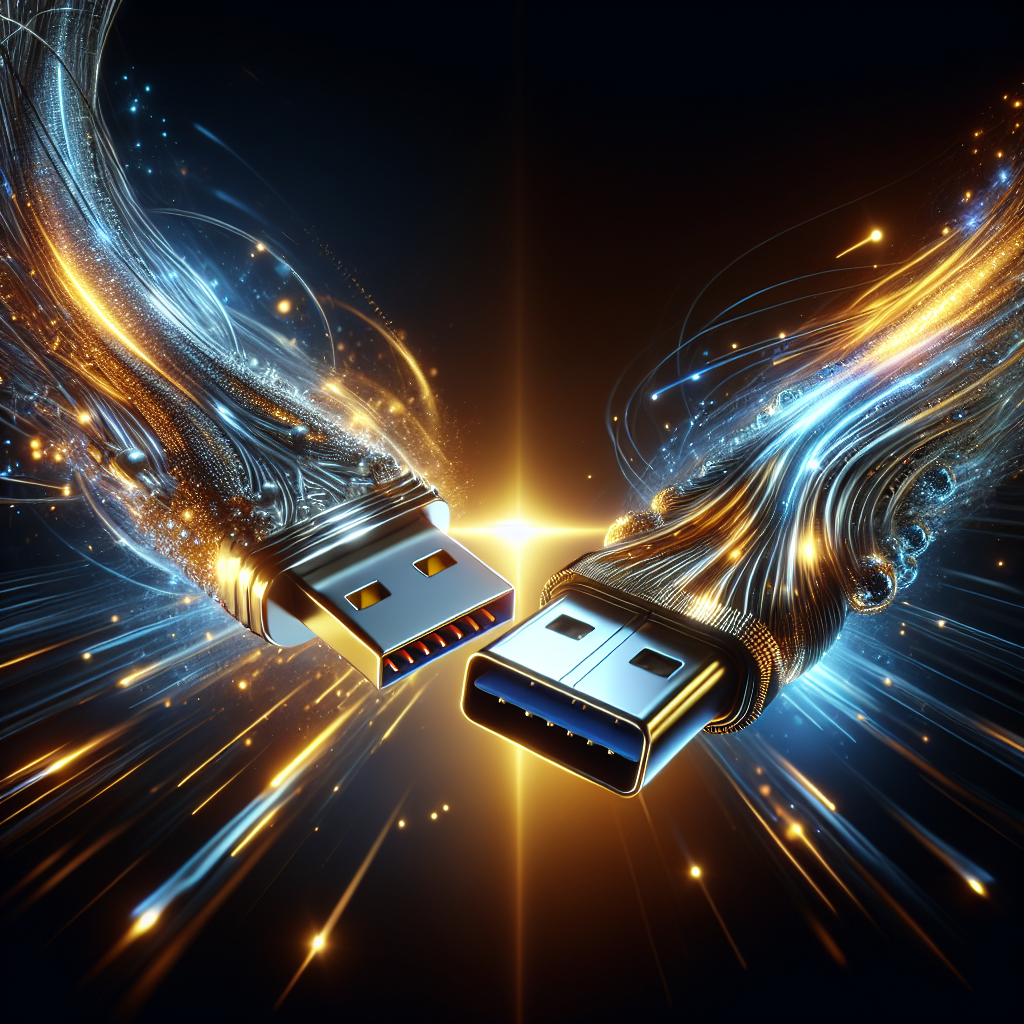Your cart is currently empty!
The Future of Connectivity: USB 3.0 vs USB-C

In today’s fast-paced world, connectivity is key. Whether you’re transferring files, charging your devices, or connecting peripherals, having a reliable and fast connection is essential. With the advancement of technology, USB has become the standard for connecting devices to computers and other electronic devices.
USB 3.0 has been the go-to standard for many years, offering faster transfer speeds and more power than its predecessors. However, with the introduction of USB-C, the future of connectivity is changing. USB-C offers even faster speeds, more power, and a reversible connector that is smaller and more versatile than USB 3.0.
One of the biggest advantages of USB-C is its versatility. The connector is reversible, meaning you can plug it in either way, making it much easier to use in tight spaces or in the dark. Additionally, USB-C is capable of delivering more power, allowing for faster charging of devices and even powering larger peripherals like monitors or external hard drives.
In terms of speed, USB-C is also superior to USB 3.0. USB-C can transfer data at speeds of up to 10 Gbps, while USB 3.0 tops out at 5 Gbps. This means that you can transfer files faster and stream high-quality video without any lag or buffering.
Another advantage of USB-C is its compatibility with other devices. Many new laptops, smartphones, and tablets are now coming equipped with USB-C ports, making it easier to connect your devices without the need for adapters or dongles. This seamless integration of USB-C across different devices is a major step towards a more connected and streamlined future.
While USB 3.0 is still widely used and supported, it’s clear that USB-C is the future of connectivity. Its faster speeds, more power delivery, and versatile design make it the ideal choice for connecting all of your devices. As more manufacturers adopt USB-C as the standard, we can expect to see a more unified and efficient ecosystem of connected devices. So, whether you’re transferring files, charging your devices, or connecting peripherals, USB-C is the way to go for the future of connectivity.

Leave a Reply